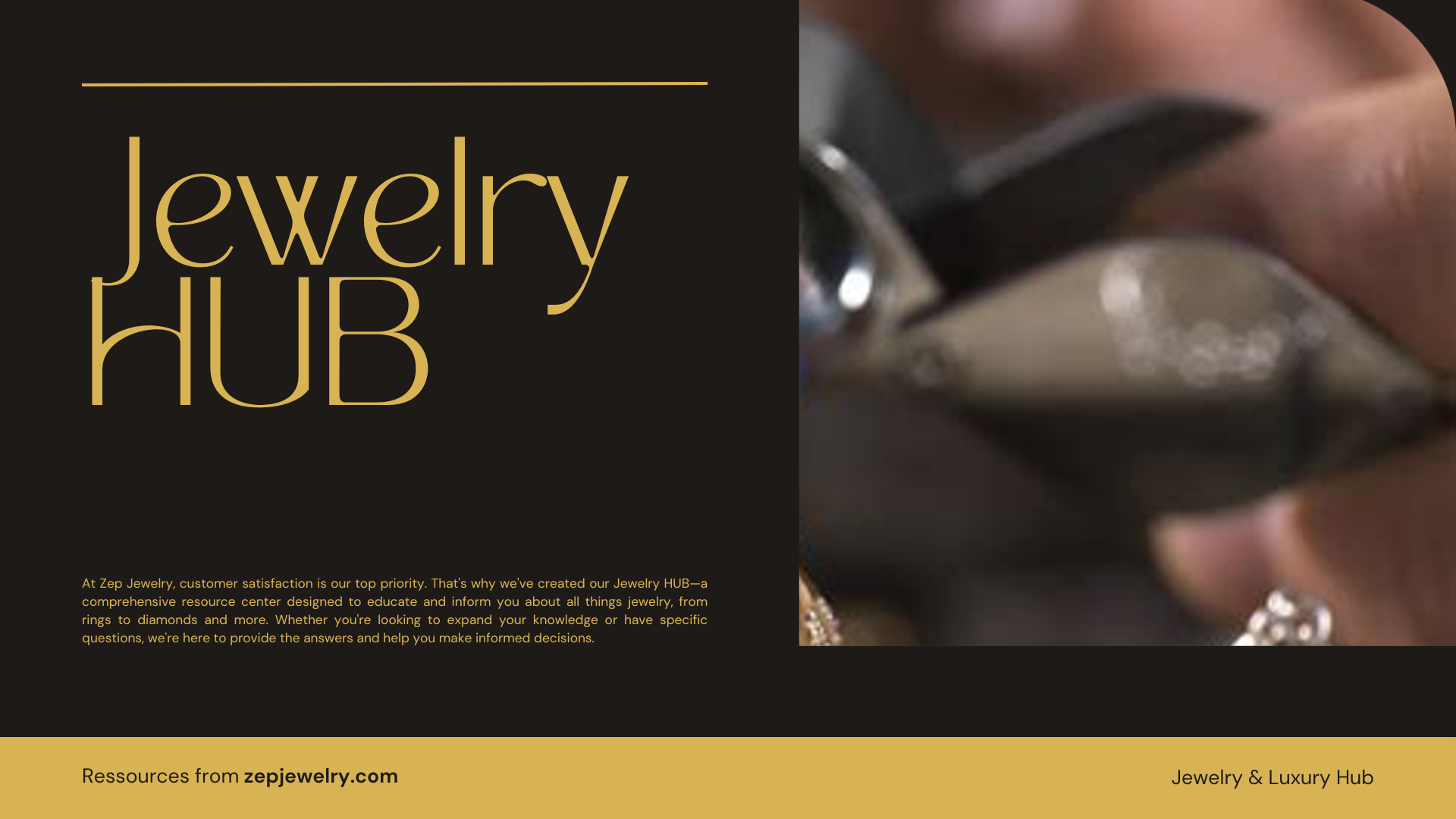Have you ever wondered what your grandmother’s vintage brooch is really worth? Jewelry appraisal is not just about putting a price tag on sentimental treasures; it’s an intricate dance of expertise and careful evaluation. Picture a skilled appraiser, akin to a detective, examining each jewel and detail, uncovering the hidden stories and values embedded within your cherished items. This meticulous process transforms love and history into tangible worth, empowering you with knowledge about your jewelry’s true value. So, let’s unravel the fascinating world of jewelry appraisal, one sparkling piece at a time.
How does the jewelry appraisal process work?
The jewelry appraisal process is a meticulous and detailed assessment that typically unfolds in several key stages, each aimed at providing an accurate valuation of your cherished piece. First and foremost, the appraiser begins with an initial assessment, where they closely examine the jewelry for any visible damage while carefully noting essential details such as the presence and quality of gemstones, the type of metal, and the overall condition of the piece.
During the second stage, the appraiser embarks on a gemstone evaluation. This involves using a combination of visual inspections and specialized gemological tools to assess each gemstone’s unique attributes, including its color, clarity, cut, and carat weight. For instance, a vibrant emerald with high clarity could significantly differ in value from a lesser-quality stone of the same size.
Next, the process moves into metal analysis, where the appraiser investigates the piece’s metal components, focusing on purity and weight. They identify the metal type—be it gold, platinum, or silver—while examining hallmarks and stamps that indicate quality. Understanding the metal’s intrinsic worth is paramount, as it directly influences the overall value of the jewelry.
Following these evaluations, the appraiser turns their attention to craftsmanship and design. This aspect considers how well the piece has been made, including the intricacies of its design and the skill showcased in its construction. Pieces made by renowned designers or those featuring unique design elements may carry additional value.
Finally, to round off the appraisal process, the appraiser conducts extensive market research. They analyze current market trends, recent sales of comparable pieces, and any shifts in demand for specific styles or materials. This crucial step ensures that the final appraisal reflects an accurate market value, with an official appraisal document generated to summarize all findings.
In essence, the detailed evaluation process culminates in a comprehensive appraisal report that not only articulates the value of the piece but also provides valuable insights into its characteristics and significance in the current jewelry market.
What factors influence the value of jewelry during appraisal?
The value of jewelry is determined by a variety of interconnected factors. The quality and rarity of gemstones play a significant role; vibrant colors and excellent clarity often command higher prices. The type and purity of precious metals, such as higher karat gold or platinum, also contribute to a piece’s intrinsic value. Additionally, the craftsmanship and design impact valuation, with pieces from renowned designers typically fetching more money. Historical significance, unique provenance, and the overall condition of the piece—like the presence of scratches or missing stones—also substantially affect its assessed value.
What types of appraisals exist, and how do they differ?
Jewelry appraisals can vary according to their intended purpose. The most common are insurance appraisals, which aim to determine a piece’s retail replacement value to ensure adequate coverage. Fair market value appraisals reflect the price a willing buyer would pay and are frequently used for estate settlements or charitable donations. Immediate liquidation value appraisals indicate a lower valuation, often needed for divorce settlements or urgent sales. Each type of appraisal serves a specific function and reflects different market dynamics, requiring appraisers to adjust their approach based on the appraisal’s purpose.
How can I find a trustworthy jewelry appraiser?
Finding a reliable jewelry appraiser is essential for obtaining an accurate assessment. Seek professionals certified by reputable organizations, such as the Gemological Institute of America (GIA) or the American Gem Society (AGS). Experienced appraisers often have extensive knowledge of gemstones, jewelry manufacturing, and industry standards. It’s wise to investigate their credentials, read client reviews, and ask for references to gauge their reliability. Associations like Jewelers of America also ensure their members adhere to high ethical standards, which can add an additional layer of assurance in selecting an appraiser.
Why might jewelry appraisals be inflated, and what are the implications?
Jewelry appraisals can sometimes be inflated due to industry practices where appraisers may overstate values to accommodate insurance premiums. While this offers a cushion for replacement costs, it can lead to higher insurance expenses. This inflation is often criticized, as it does not accurately reflect the resale value or market conditions, potentially misleading jewelry owners about the true worth of their pieces. It’s important for consumers to be aware of this tendency and to regularly review and update their appraisals to reflect current market realities accurately.
What distinguishes a jewelry appraisal from a gemstone grading report?
While both jewelry appraisals and gemstone grading reports aim to evaluate the quality of jewelry, they serve different functions and include distinct information. A jewelry appraisal provides a comprehensive evaluation that includes the overall value, the quality of craftsmanship, and other subjective features. In contrast, gemstone grading reports focus primarily on the specific characteristics of stones—such as clarity, cut, color, and carat weight—often issued by gemological laboratories. The appraisal serves as a broader assessment for insurance and valuation purposes, while grading reports specifically detail the gemological attributes of individual gemstones.
